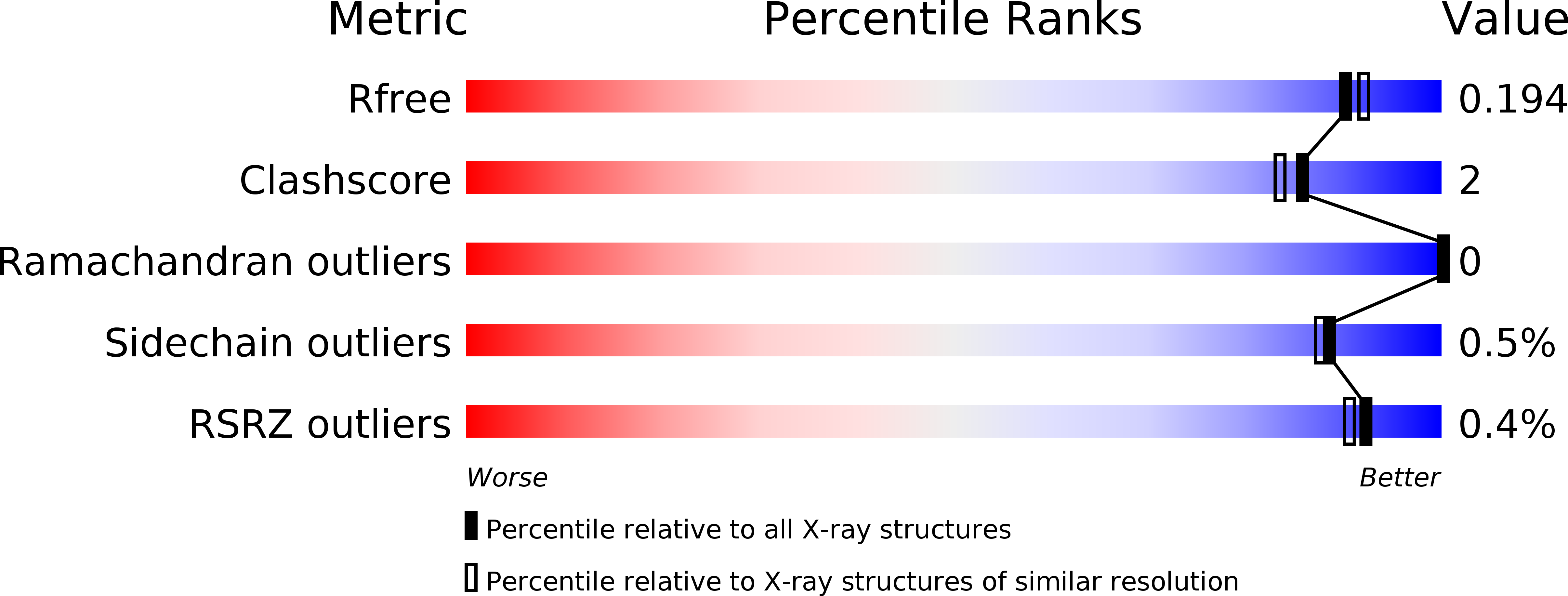
Deposition Date
2018-02-19
Release Date
2018-10-10
Last Version Date
2023-10-04
Entry Detail
PDB ID:
6CG9
Keywords:
Title:
Crystal structure of Triosephosphate Isomerase from Zea mays (mexican corn)
Biological Source:
Host Organism:
Method Details:
Experimental Method:
Resolution:
1.80 Å
R-Value Free:
0.18
R-Value Work:
0.14
R-Value Observed:
0.14
Space Group:
P 1 21 1


